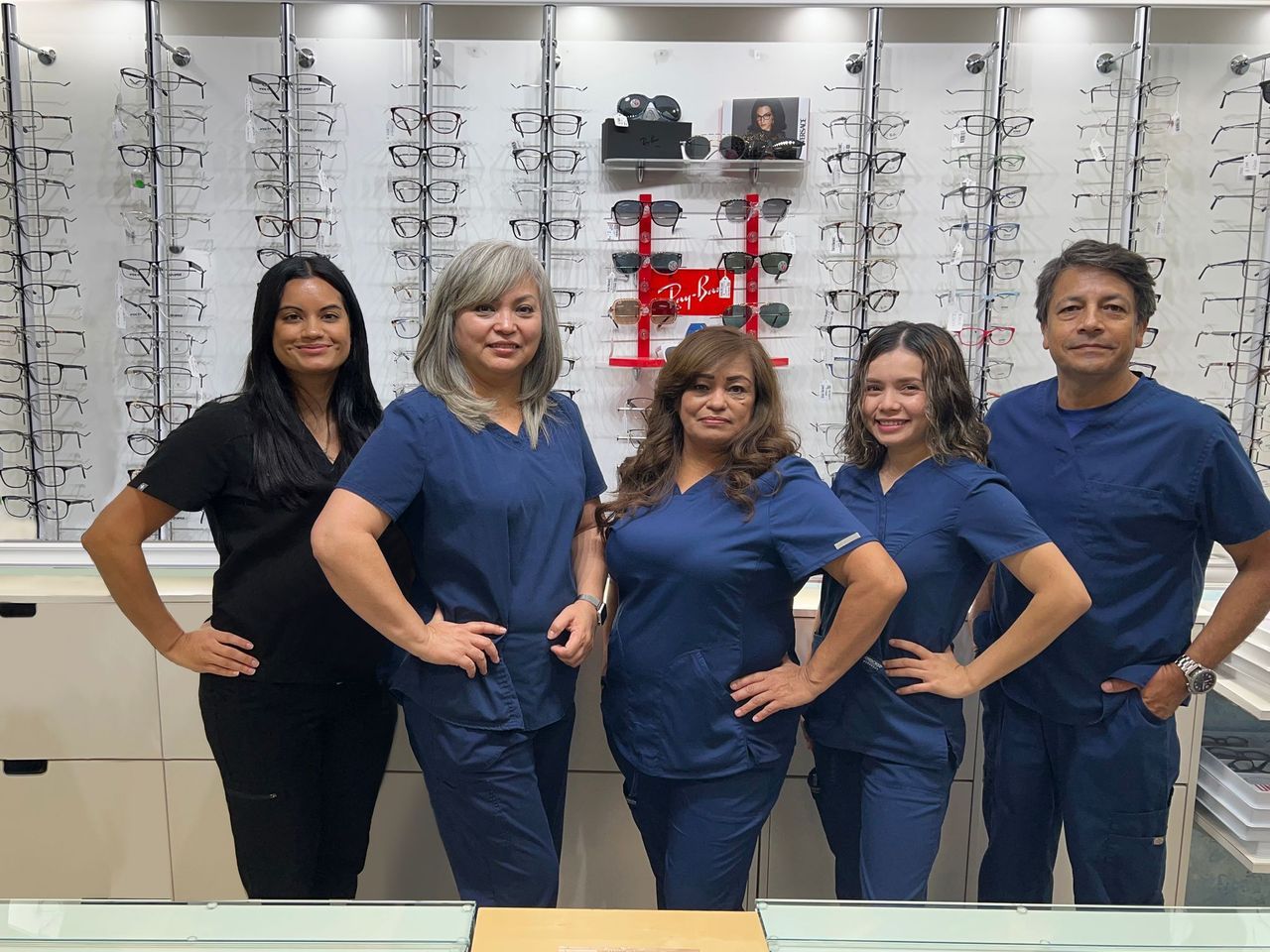Precision Astigmatism
Correction now
in Houston

What is Exactly Astigmatism?
Astigmatism is a common vision condition that causes blurred vision. It occurs when the cornea (the clear front cover of the eye) is irregularly shaped or sometimes because of the curvature of the lens inside the eye.
An irregularly shaped cornea or lens prevents light from focusing properly on the retina, the light-sensitive surface at the back of the eye. As a result, vision becomes blurred at any distance. This can lead to eye discomfort and headaches.
Most people have some degree of astigmatism. Slight astigmatism usually doesn't affect vision or require treatment.
stigmatism frequently occurs with other vision conditions like myopia (nearsightedness) and hyperopia (farsightedness). Together these vision conditions are referred to as refractive errors because they affect how the eyes bend or "refract" light.
The specific cause of astigmatism is unknown. It can be hereditary and is usually present from birth. It can decrease or increase over time.
A comprehensive optometric examination will include testing for astigmatism. If necessary, your optometrist can provide eyeglasses or contact lenses that correct the astigmatism by altering the way light enters the eyes.
Another option for treating astigmatism is a corneal procedure called orthokeratology (ortho-k). In this painless, noninvasive procedure, the patient wears a series of specially designed rigid contact lenses to gradually reshape the curvature of the cornea.
Laser surgery can also treat some types of astigmatism. The laser changes the shape of the cornea by removing a small amount of eye tissue.
Ejemplo de Astigmatismo:
-

Normal Eye
If you don't suffer from Astigmatism, your cornea and lens should be perfectly round in shape. This allows light entering the eye to have one point of focus on the retina. This prevents the image from being blurry.
-

Astigmatic Eye
If you have Astigmatism, your cornea or lens will not be perfectly round. They may be slightly flattened, or rugby ball shaped. Due to this, light entering the eye will be split into multiple points of focus on the retina. This often causes the image you see to appear blurry.



